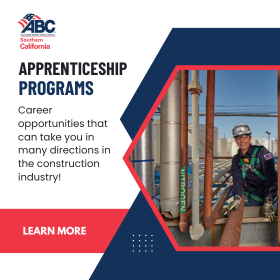Navigating HR Challenges in the Construction Industry
In the building and construction world, HR hurdles often prevent projects from being finished on time and sticking to the budget.
From labor shortages to constantly changing compliance requirements, construction companies have their work cut out when managing their workforce.
No need to stress; we’ve got your back on this one. In this post, we’ll dive into the top HR challenges in the construction industry and give you some practical strategies to overcome them.
Understanding Labor Shortages and Their Impact
One of the construction industry’s biggest HR challenges is a shortage of skilled workers. According to a recent Associated General Contractors of America survey, 81% of construction firms are having trouble filling hourly craft positions.
There are a few reasons for this labor shortage. For one, the construction industry has an aging workforce, with many skilled workers nearing retirement age. At the same time, fewer young people enter the trades, leaving a gap in the talent pipeline.
The impact of these labor shortages can be significant. Construction projects can fall behind schedule and over budget without enough skilled workers. This can lead to unhappy clients and damage to your company’s reputation.
Compliance with Changing Labor Laws
Another major HR challenge in the construction industry is staying compliant with labor laws that change faster than you can say “OSHA.”
From minimum wage increases to new safety regulations, construction companies must stay on top of a constantly evolving legal landscape. If you drop the ball on this, be ready to open your wallet wide for some hefty fines and maybe even bump into legal trouble.
So what’s a construction company to do? The key is to be proactive. Stay informed about changes to labor laws by regularly checking government websites and industry publications. Consider working with an HR consultant or legal expert who can help you navigate the complexities of compliance.
Addressing High Employee Turnover Rates
Construction companies also struggle with high employee turnover rates. According to a report by the Bureau of Labor Statistics, the construction industry had a turnover rate of 5.2% in 2024, higher than the national average of 3.7%.
There are a few reasons why construction workers might jump ship. For one, the work can be physically demanding and stressful. Construction sites can also be dangerous workplaces, with a higher risk of accidents and injuries than many other industries.
Construction companies must create a positive work environment that values employee safety and well-being to reduce turnover. This might include offering competitive pay and benefits, providing training and career development opportunities, and fostering a culture of respect and collaboration.
Enhancing Workplace Safety and Compliance
Speaking of safety, let’s talk about how construction companies can enhance workplace safety and stay compliant with health regulations.
Construction is one of the most dangerous industries out there. According to the Occupational Safety and Health Administration (OSHA), construction workers are more likely to suffer fatal injuries on the job than workers in any other sector.
When workplace accidents happen, they don’t just put your team at risk; they can also rack up hefty workers’ compensation claims and tarnish your company’s good name.
Implementing Comprehensive Safety Training Programs
If you want to make your workplace safer, rolling out a thorough safety training program is the way to go.
Regular safety training can help workers identify and avoid potential hazards on the job site. It can also ensure everyone on your team is current on the latest safety regulations and best practices.
When developing a safety training program, cover proper equipment use, fall protection, and emergency response procedures. Consider using a mix of classroom instruction, hands-on training, and online learning modules to keep workers engaged.

Strategies for Attracting and Retaining Skilled Construction Workers
We’ve discussed the challenges of finding and keeping skilled workers in the construction industry. But what can companies do to attract top talent and reduce turnover?
Offering Competitive Compensation Packages
One strategy is to offer competitive compensation packages that include not just wages but also benefits like health insurance, retirement plans, and paid time off.
According to a National Center for Construction Education and Research (NCCER) survey, construction workers who receive benefits are more likely to stay with their employer for at least five years.
Paying top dollar can be a tough nut to crack for construction companies watching their budgets like hawks. But investing in your workforce can pay off in the long run by reducing turnover and attracting skilled workers to your team.
Partnering with Educational Institutions
Another strategy for attracting skilled workers is to partner with educational institutions like trade schools and community colleges.
By working with these institutions, construction companies can help develop the next generation of skilled workers and create a talent pipeline for their businesses.
Partnerships might include offering students internships or apprenticeships, providing curriculum development input, or donating equipment or materials to training programs.
According to a report by the Associated General Contractors of America, 91% of construction companies struggle to fill positions requiring skilled craft workers. By partnering with educational institutions, companies can help close this skills gap and ensure a steady supply of qualified workers for the industry.
Leveraging Technology for HR Management in Construction
The construction industry is embracing technology like never before. And it’s not just about drones and 3D printing. HR software is changing the game for construction companies by helping them better care for their team members.
By adopting HR software solutions, construction firms can streamline processes, reduce paperwork, and improve efficiency. It’s a game-changer in an industry where time is money and every minute counts.
Streamlining PTO Management
Managing paid time off (PTO) can be a nightmare, especially in a dispersed workforce environment. But with HR software, it’s a breeze.
Employees can easily request time off, view their PTO balances, and get approvals in one place: no more endless email chains or lost paperwork. Plus, managers can see who’s out and when, ensuring proper coverage on job sites.
But the benefits don’t stop there. HR software can also help with:
- Tracking employee hours and attendance
- Managing benefits enrollment and administration
- Streamlining onboarding and offboarding processes
- Generating reports for compliance and decision-making
By leveraging technology, construction companies can focus on what they do best: building amazing structures and creating value for their clients.

Fostering Employee Engagement and Development
Keeping workers motivated and invested can be tough with long hours, physically demanding work, and often challenging conditions.
However, construction companies can boost engagement and retention by creating a positive work environment that promotes continuous learning and career development. It’s not just about free coffee and casual Fridays (although those are nice too).
Promoting Continuous Learning Opportunities
In an industry that’s constantly evolving, continuous learning is essential. By offering continuous learning and growth chances, construction companies ensure their team members are always a step ahead.
Whether learning new safety protocols, mastering the latest technology, or developing leadership skills, investing in employee growth pays off. Not only does it improve job performance, but it also shows workers that their company is invested in their future.
Some ways to promote continuous learning include:
- Offering on-the-job training and mentorship programs
- Providing access to online courses and certifications
- Encouraging attendance at industry conferences and workshops
- Creating career development plans for each employee
By putting learning front and center, construction companies can create a skilled and motivated team to face any challenge head-on.
Elevate Your Professional Skills in California
Explore our specialized training programs in Electrical, Plumbing, Low Voltage (EST), and Sheet Metal to boost skills and achieve excellence
Transform your worksite with a safer, more skilled, and motivated team. Take the first step towards excellence—enroll now and unlock your potential!
Join NowOvercoming Business Challenges Through Strategic HR Practices
The construction industry faces numerous challenges, from labor shortages to rising material costs. But one of the biggest challenges is an aging workforce.
As experienced workers retire, construction firms are struggling to find skilled replacements. And let’s be real, this headache isn’t going away anytime soon—in fact, it’s only gearing up to become a bigger beast in the years ahead.
Adapting to an Aging Workforce
So, how can construction companies adapt to an aging workforce while ensuring high productivity? It starts with strategic HR practices.
By offering flexible work arrangements, such as part-time or remote work options, construction firms can retain older workers looking to scale back their hours. They can also implement ergonomic equipment and safety measures to reduce the risk of injury for older employees.
But it’s not just about accommodating an aging workforce. Construction companies also need to focus on attracting and retaining younger workers. Some strategies include:
- Partnering with schools and vocational programs to build a talent pipeline
- Offering competitive wages and benefits packages
- Creating a culture of diversity, equity, and inclusion
- Providing opportunities for career growth and advancement
By taking a proactive approach to workforce planning, construction companies can overcome the challenges of an aging workforce and build a strong, sustainable future.
Innovative Benefits to Attract Young Talent
Luring young folks into the construction world is becoming a tough nut to crack. But there are some innovative ways to entice them.
One of the most popular perks young people seek is gym membership. By offering this as part of your benefits package, you can show potential employees that you care about their health and well-being.
There’s more to it than just getting physically fit. Young people are looking for employers who offer cool perks and benefits, which puts them a step ahead of their rivals.
Some other ideas to consider include:
- Flexible work schedules
- Opportunities for career growth and development
- Generous paid time off policies
- Student loan repayment assistance
- Wellness programs that go beyond just gym memberships
Rolling out these perks shows the younger crowd that your company is on the ball and genuinely cares about its team members. And that can go a long way in attracting top talent to your construction business.
Of course, it’s not just about the perks. You also need to create a culture that appeals to young people. So, it’s all about welcoming different voices to the table, prioritizing teamwork, and finding that spark in your work that makes it meaningful.
If you can do all that, you’ll be well on your way to building a workforce that includes the best and brightest young talent in the industry.

Ensuring Compliance with Workers’ Compensation Regulations
Workers’ compensation is a critical issue in the construction industry. When you consider all the things that could go wrong on a job site, it becomes clear why having solid insurance for your team is a no-brainer.
But navigating the complex world of workers’ compensation regulations can be challenging. There are many laws and requirements to keep track of, and failing to comply can result in serious penalties and fines.
This is why teaming up with an insurance provider who knows the ropes makes all the difference in smoothing the process. They’re here to walk you through what it means to be a boss, ensuring your business and team are covered just right.
But it’s not just about having the right insurance. You also need to have a strong safety culture in place to prevent accidents and injuries from happening in the first place.
That means providing regular safety training for your employees, conducting regular inspections of your job sites, and enforcing strict safety protocols at all times. Doing so can reduce the risk of accidents and injuries, which can help control your workers’ compensation costs.
Of course, accidents can still happen even with the best safety measures in place. So, when things go south, it’s super handy to have already a game plan for reporting and handling any claims.
That means working closely with your insurance provider to ensure injured employees receive the care and support they need to recover and return to work as quickly as possible. It also means keeping detailed records of all incidents and claims so that you can identify trends and take steps to prevent similar accidents from happening in the future.
By taking a proactive approach to workers’ compensation compliance, you can protect your business and your employees while also controlling costs and minimizing risk.
Conclusion
So, we’ve journeyed through the bustling construction site of HR challenges together. It’s not just about avoiding the pitfalls or dodging compliance curveballs. No, it’s much more than that.
This adventure showed us that overcoming labor shortages isn’t a pipe dream but an achievable reality with the right strategies and tools. We uncovered how staying ahead of ever-changing labor laws is less like chasing shadows and more akin to mastering a strategic game where knowledge is power.
We also dove headfirst into the issue of high turnover rates, flipping the script to see them not as unavoidable destinies but more like riddles begging for clever solutions. And safety? Far from being a checkbox exercise, it emerged as our cornerstone for building trust and ensuring everyone goes home in one piece at day’s end.
Attracting skilled workers became less about casting wide nets and more about crafting magnetic propositions filled with opportunities for growth, competitive paychecks, and benefits that resonate on a personal level.
The leap into technology use in HR wasn’t depicted as stepping into unknown realms but embracing tools ready to transform chaos into order—streamlining processes like PTO management so effortlessly you’d think it was magic.
Engagement and development stood out as buzzwords and essential elements fostering environments where creativity thrives alongside hammers and nails.
In summarizing this blueprint of insights, it’s clear: Constructing teams capable of turning blueprints into towering achievements requires more than hard hats—it demands heart. Because, at its core, conquering HR hurdles in the construction industry is all about nurturing a culture where everyone feels valued and motivated. This isn’t just about having the right tools or strategies but fostering an environment that celebrates collaboration and resilience. By doing so, we can build structures and strong, cohesive teams ready to face any challenge.













